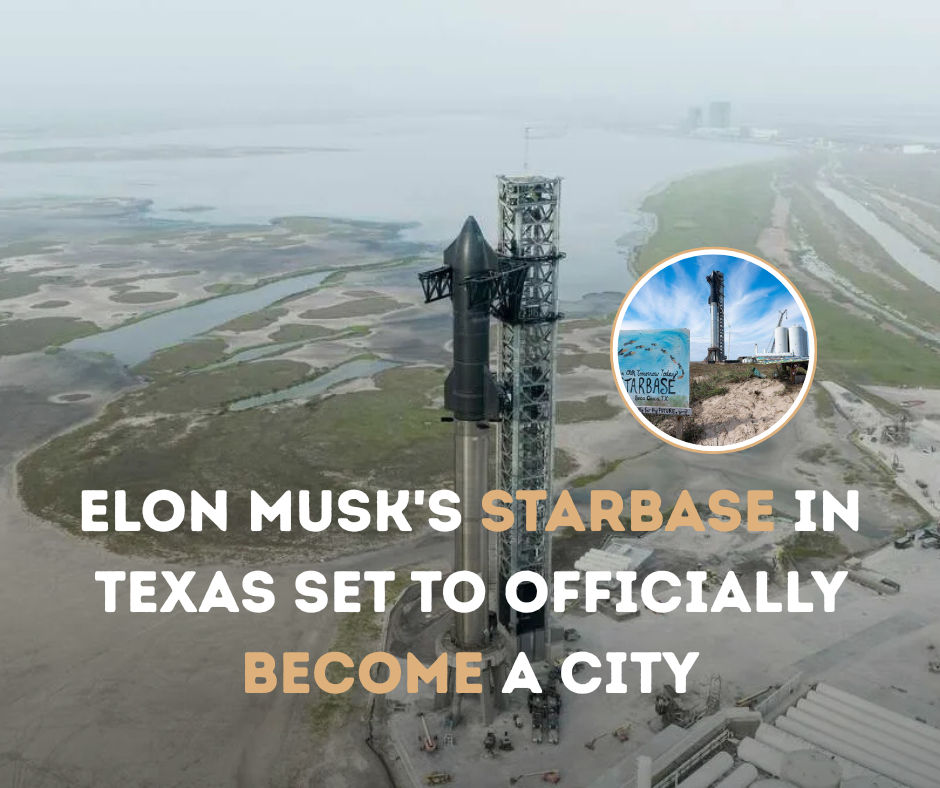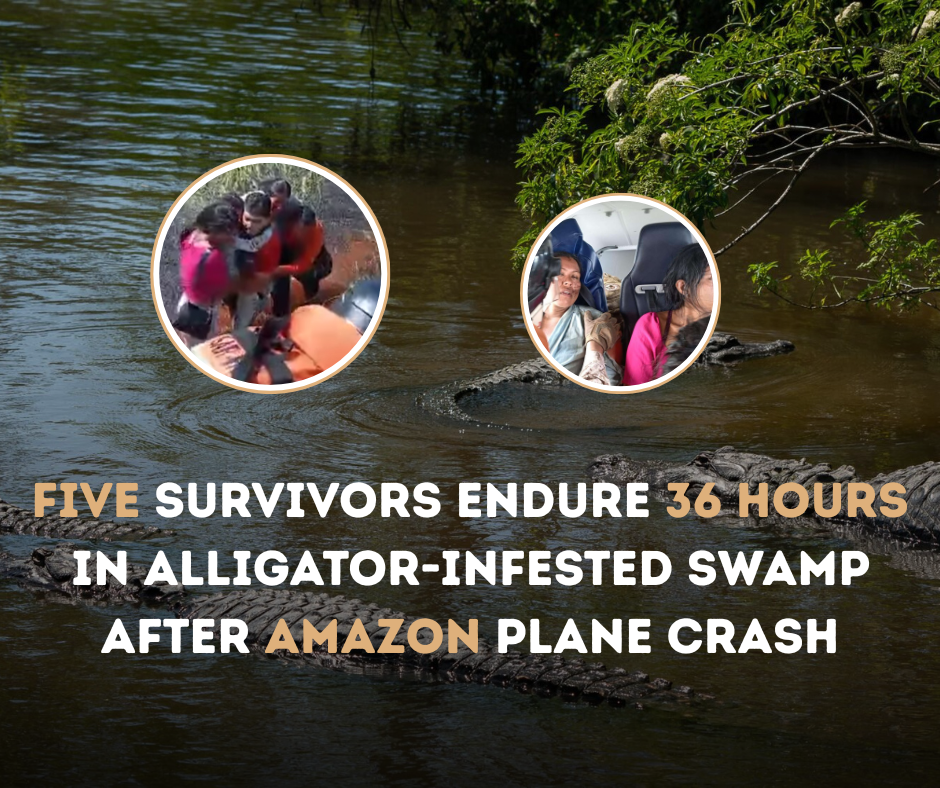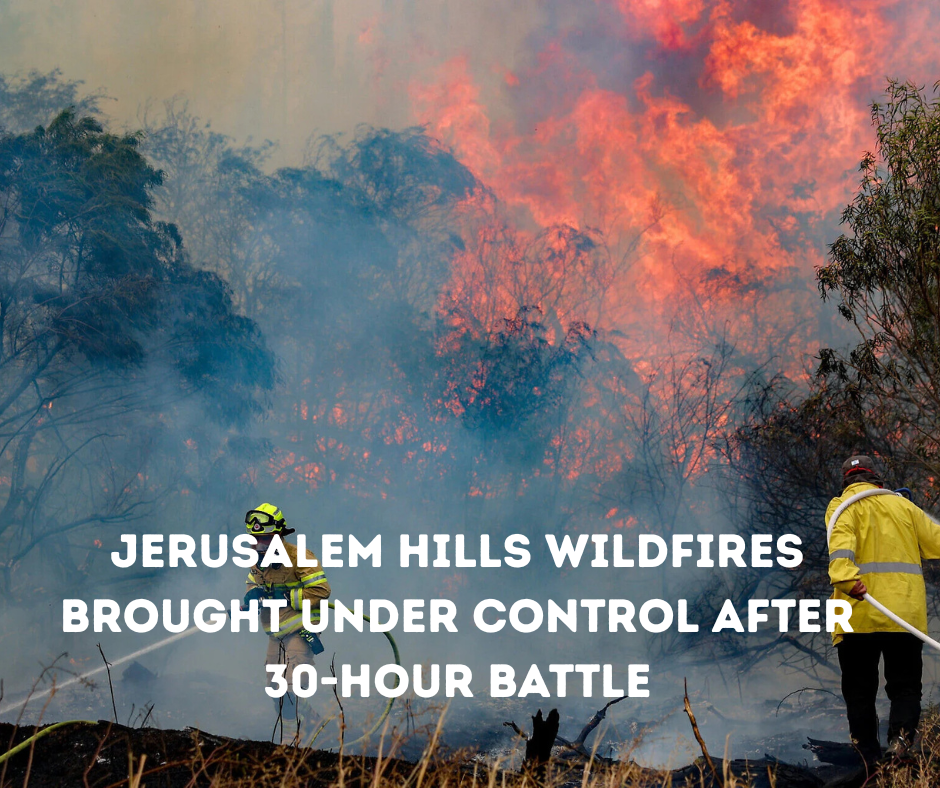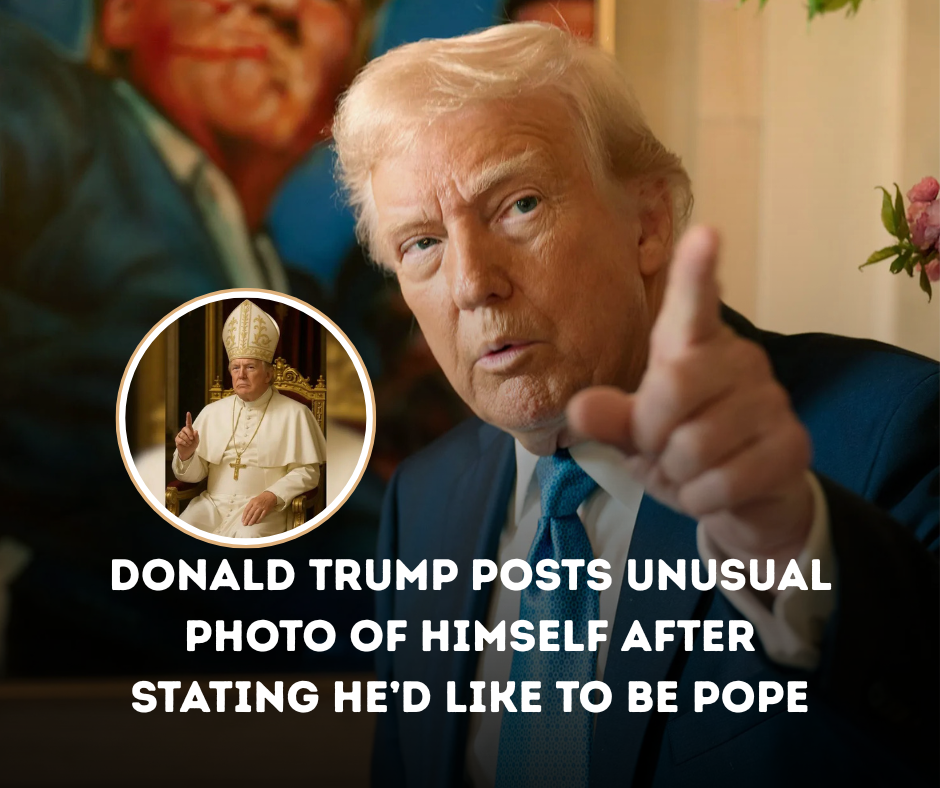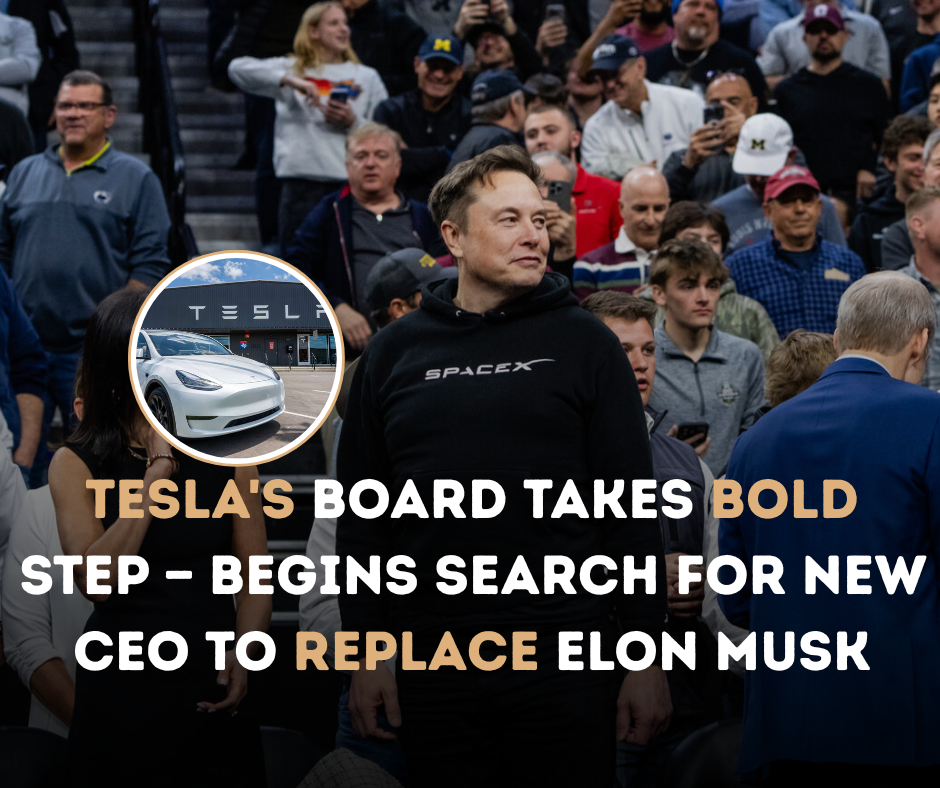Sasha and Malia Obama, the daughters of former President Barack Obama, were recently seen attending an exclusive after-party hosted by music superstar Drake in Los Angeles. The high-profile event followed one of Drake’s sold-out performances in the city, drawing attention from fans and celebrities alike.
Now in their twenties, Sasha and Malia have continued to maintain a relatively private life since their time in the White House. However, their appearance at Drake’s after-party has once again brought them into the public eye—this time, as stylish and poised young women enjoying life in the spotlight on their own terms.
Eyewitnesses reported that the sisters arrived with a small group of friends and mingled with fellow attendees in a relaxed, upbeat atmosphere. Photos circulating online show both Sasha and Malia dressed fashionably, effortlessly blending into the glamorous Los Angeles nightlife scene while still drawing admiration from onlookers.
Though the Obamas have generally kept a low profile since leaving Washington, moments like these offer a rare glimpse into the adult lives of the former first daughters. Malia, now a Harvard graduate, has been pursuing work in the entertainment industry, while Sasha recently completed her studies at the University of Southern California.


Their appearance at Drake’s party highlights the balance they seem to have struck—enjoying the freedoms of young adulthood while still carrying the poise and grace that defined their years in the public eye.
As the daughters of one of the most beloved U.S. presidents, the Obamas continue to captivate the public’s attention—not for politics, but for how they’ve grown into impressive, independent women navigating life beyond the White House.

